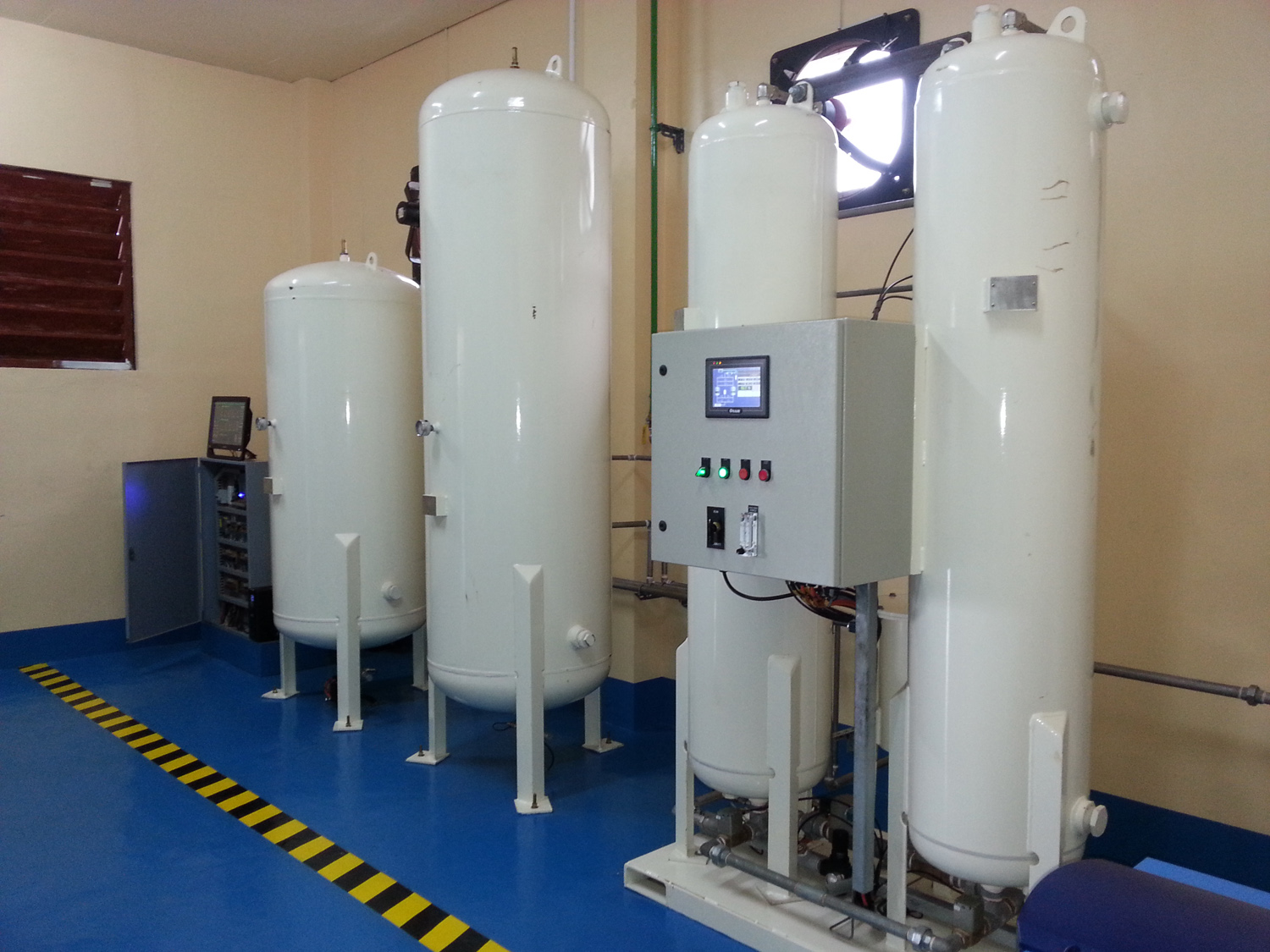
Cyclone Separator
A cyclone separator, also known as a cyclonic dust collector, is a common air pollution control equipment that removes particulate matter from flue gases before they are released into the environment. It's a means of collecting up to 99 percent of airborne waste in a container beneath the cyclone that's easy to empty.
These devices are known as pre-cleaners because they help remove big and abrasive particles from flue gases, which are then filtered to remove fine particulate matter. Cyclone separators are important because they help with the first step of the flue gas filtration process. The goal of these devices is to reduce air pollution and environmental risks associated with manufacturing facility exhaust.
A cyclone separator, sometimes known as a water scrubber, an electrostatic precipitator, and a bag-house filter system are all examples of filtration systems. A dry cyclone separator can remove particles as small as 100 microns. Particles smaller than this, however, escape. The dust loading in an FBC's flue is on the order of 50–75 g/m3. Using makeshift experiments, the current author discovered that adding a water scrubber after the cyclone successfully eliminates all dust particles. Cyclone separators are critical for the cat cracker's operation to be successful. Several FCC performance criteria are affected by their performance, including the higher cost of fresh catalyst compositions, additional turnaround maintenance costs, the permitted limitations on particle emission, and incremental energy recovery in the WGC and hot gas expander.
A compromise must be struck between the intended collection efficiency, pressure drop, space constraints, and installation cost when designing a "optimal" set of cyclones.
1. Finely graded granularity is an advantage of a cyclone separator. Because the centrifugal force is many times greater than gravity, the cyclone classification's finest particle size can reach 0.074mm. Hydrocyclones are now mostly employed to classify tiny particles.
2. High efficiency in classification. Grading efficiency is much greater than other grading machines, especially for materials with very tiny particle size.
3. A high processing capacity per unit volume is available.
4. The amount and duration of slurry retention in the cyclone are small, and shutting it off is simple.
5. It has a simple structure, is light and flexible, has no moving components, and is simple to maintain.
Cyclone separator disadvantages
1. High power usage. The sand pump utilized by the mine's cyclone has a comparatively high power consumption, around 5 to 8 times that of conventional grading equipment.
2. Dress quickly. The wear around the feed entrance and the sand settling inlet, in particular, is the fastest and requires frequent replacement. As a result, wear-resistant materials like inner rubber and polyurethane are frequently used and are simple to repair.
3. Changes in feed pressure, feed quality, and feed particle size have a significant impact on the cyclone's functioning indicators.
FAQ
Why is the cyclone separator used in industries?
Cyclone separators are used to remove the industrial particulates by centrifugal force. It’s an inexpensive way to remove particulate matter.
Why cyclone separators are preferred filters?
Cyclone separators can work in any cumbersome condition. As it works in dry conditions, the separator is corrosion-free. It also has low capital and has a low maintenance cost.
What are the applications of cyclone separators?
Various fields where cyclone separators are used are
-
Wastewater management
-
Chemical industry
-
Metallurgical industry
-
Evaporative cooling systems

























